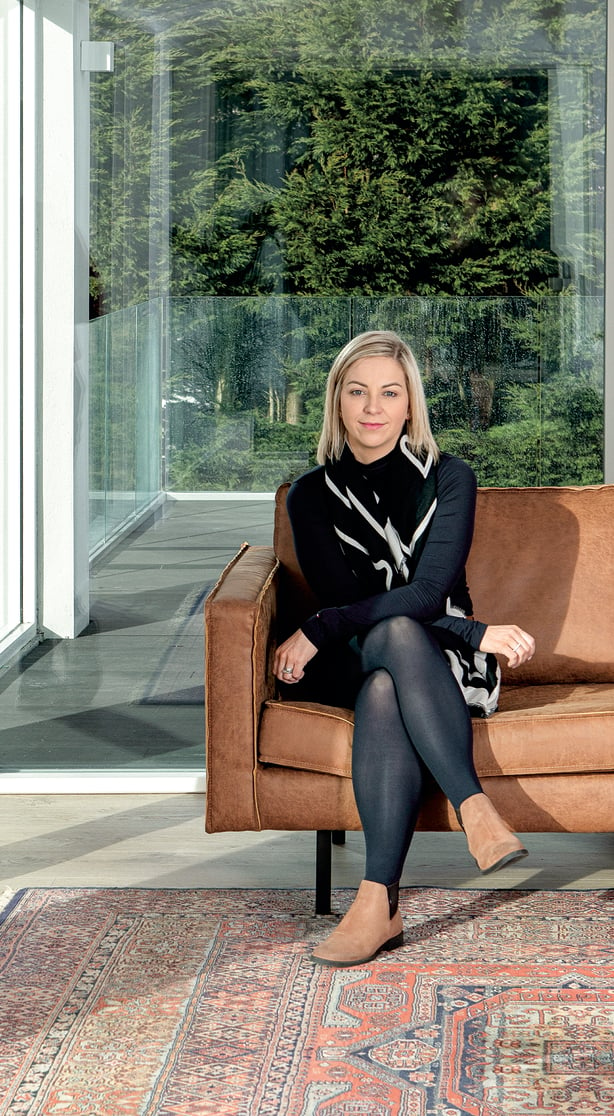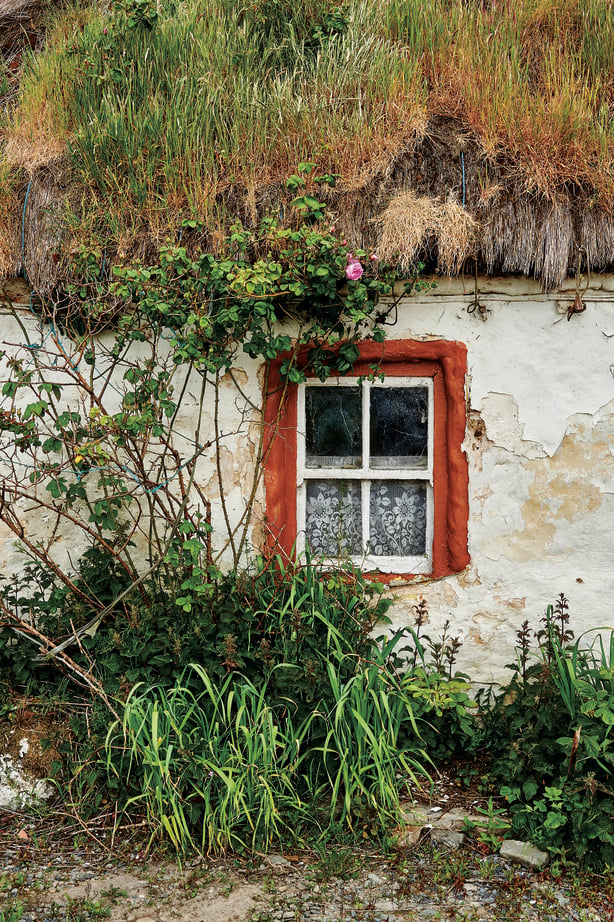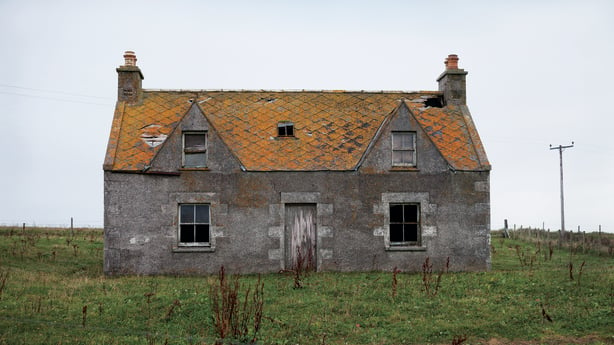Claire Irwin, the Quantity Surveyor on RTÉ's Room to Improve, stresses the importance of bringing life back to towns and villages by dealing with vacant and derelict buildings, which is a win-win for both people and planet.
Inishowen in Donegal is the largest peninsula of Ireland, has a population of over 40,000 and there are approximately 15,000 houses there. 61% of these homes were built prior to 2001 and over 10% in the earlier half of the last century. This is one sample area in the country, but similar statistics can be seen right across the island.
With this volume of building stock built so long ago, it means that a huge percentage of our buildings are built to older building standards, which are inferior in comparison to today’s warmer, more economical to run, sustainable homes.
This means that retrofitting and carrying out a home energy upgrade will be key to achieving net zero emissions. Another huge issue that we have in Ireland is the level of dereliction and vacant properties. We have an abundance of vacant properties plotted around Ireland that could be repurposed as comfortable homes if renovation and energy upgrade works occur to these buildings.

At the end of last year, the Department of Housing, Local Government and Heritage unveiled a new set of property improvement grants. Within this fund, there is up to €50,000 of a non-means-tested grant available for properties that have been vacant for two or more years.
This grant can be used to bring a property back to life and make it habitable either as a homeowner’s primary residence or as a rental property. Where a property is found to be structurally unsound and dangerous, a top-up amount of up to €20,000 can be claimed, bringing the total grant available for derelict properties up to a maximum of €70,000.
The objective of this grant funding scheme aims to provide financial support to vacant and derelict buildings across the country. The intent is to add vibrancy to towns and villages and make them attractive places to live in. What can be more sustainable than bringing our towns back to life?
Providing that a property (it can be a commercial building, a structure or a home) has been vacant for two or more years and was built prior to 2007, there is also SEAI’s energy upgrade funding available. Such grantable works include plumbing, electrics, windows, joinery, kitchens, decorating and professional fees. It makes good sense to upgrade the energy rating of a property if you are carrying out renovations and this is where the SEAI’s grant funding comes in useful.

This funding can be accessed along with the vacant and derelict property grant funding. A derelict property could potentially obtain over €100,000 between these two funding bodies – €70,000 + €30,000. I have many client homeowners who are fortunate enough to have been approved for grant funding under both schemes. Renovations and home energy upgrade works can be costly, but this funding is a huge help when trying to make your future home more sustainable, comfortable, and economical to run.
Grants are also a great stepping stone toward solving Ireland’s vacancy problem. There isn’t a national register for the quantity of vacant property in the country. Local Property Tax Returns from 2021 indicated that 57,206 properties were vacant, however, this does not account for all the vacant and derelict properties. The Census 2022 found that there were 166,752 (7.8%) vacant dwellings across the country.
Of the 166,752 vacant dwellings recorded, 48,387 of those were also recorded as vacant in 2016. The final Census figures, along with reasons for each of the vacancies, are due this month. These should provide a clearer picture of the reasons for a property’s vacancy and its potential for re-use. It would be fair to say that there could be over 100,000 vacant property stock in the country.

The grants encourage people to buy a vacant property and reuse them as renovated homes and rental accommodations. It is more sustainable to reuse a vacant building than to build one. Rejuvenating vacant buildings can enhance a community and help our current housing crisis.
Construction and the built environment account for 37% of Ireland’s CO2 emissions. If we re-use existing buildings, this is an important tool to avoid wasting the carbon and valuable resources within them.
The renovation of a derelict property has a lower CO2 emission rate than what a new build will create during construction.
The re-occupancy of vacant properties can revitalise main streets, towns, villages, and our countryside. The effects of the recession and growing online retail has led to former retail and office premises being left vacant. These trends were further compounded following Covid-19 and increased business operating costs.
Many businesses struggled to stay open and resulted in further properties becoming vacant. To bring these buildings back to life and up to a liveable standard is a sustainable housing solution and, in many cases, it can be a quicker turnaround to complete than a new build.

Urban renewal in this form can allow people to choose housing that is well connected to an already established town or village. These existing properties already have infrastructure in place to service the property. Many have good access to amenities and transport links, which contributes to a more sustainable approach to living.
Recycling our vacant buildings aligns with Government and EU strategy to reduce CO2 emissions and to reduce emissions within the built environment. These property upgrades will significantly and positively impact the local environment.


